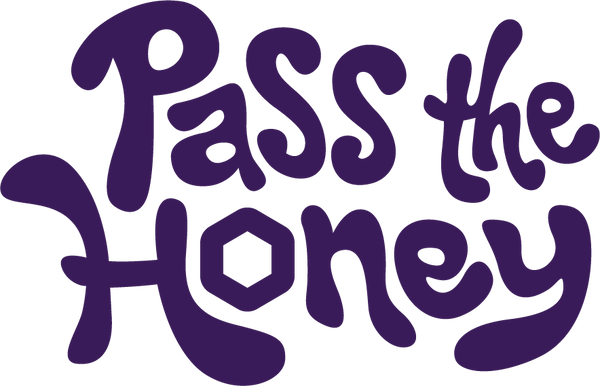These questions include:
- What is the scale of the beekeeper’s production? (#acres, #colonies, #beekeepers, pounds of liquid honey, pounds of comb honey)
- What are the beekeeper’s production methods?
- What are the landscape conditions in the region they are based?
- What ecosystems are present?
- What products does the beekeeper harvest from hives?
- For each product, when are harvests?
- What method is used for harvesting each product?
- How is each product processed?
- What percent of the bee’s food source is harvesting at each harvest? Do the beekeepers leave adequate nutrition for the colony to overwinter, or do they have to provide supplemental food?
- What is your process for harvesting comb honey?
- When comb honey is harvested, what percentage of the frame can be sold as comb honey?
- How is the excess comb used?
- How is excess wax harvested and used?
Pass the Honey’s producer partnerships ensure the max percentage of honeycomb harvested is only 25% so as to not harm the livelihood of the beehive, leaving enough food for the bees to live off during the winter seasons.

Our producers frequently check in with their beekeepers before and during harvest to ensure there is no sugar/syrup feeding and the bees are not exposed to apitoxic chemicals. An analysis of each beekeeper is also conducted confirming their practices are in alignment with Pass the Honey’s regenerative standards.
Pass the Honey is working hard to forage and harvest regenerative honeycomb worldwide. Our regenerative standards and verification processes are rigorous and demand authenticity but the benefit to all stakeholders throughout the apiary industry and regenerative agriculture are monumental.

